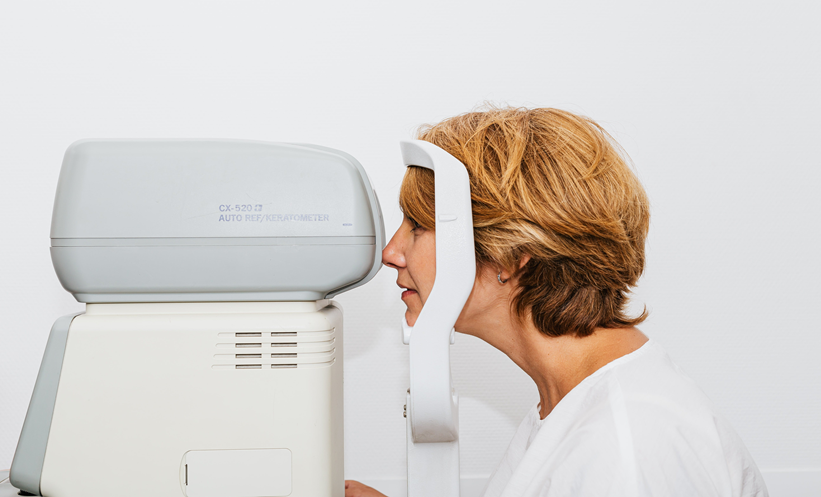A RECENT systematic review from the University of Western Australia, Perth, Australia, and Lions Eye Institute, Western Australia, has suggested that extending diabetic retinopathy (DR) screening intervals to 3–5 years may be safe under certain circumstances, potentially leading to reduced healthcare costs, and a lighter workload for medical professionals.
The study focused on evaluating specific DR screening intervals, identifying optimal intervals, and examining personalised DR risk assessments. Of the 23 studies reviewed, eight were included in the analysis, and four assessed specific screening intervals.
In patients with Type 2 diabetes and no current DR, researchers found a low risk of developing treatable DR within 3–4 years. The optimal screening intervals of 2–3 years appeared safe for those without DR, and the intervals could be extended when other clinical parameters were well-controlled, such as blood pressure and HbA1c. The study also explored DR risk equations and risk-calculation engines, and the results suggested that screening intervals could be extended up to 5 years for individuals with lower risk of DR progression. On the other hand, those at a higher risk for progression to sight-threatening DR might require more frequent screening.
Authors of the study propose: “Health departments should consider extending DR screening intervals for those with no current DR and Type 2 diabetes, or using a personalised DR risk assessment to improve the efficiency of DR screening, and reduce health service costs, while maintaining safe outcomes.”
The overall conclusion drawn from this systematic review is that longer screening intervals of 3–5 years could be considered safe under specific circumstances. This is particularly applicable to patients with Type 2 diabetes and no current DR, as well as individuals effectively managing other risk factors. As the findings highlight the potential benefits of personalised risk assessments, the researchers encourage health departments to consider implementing these strategies to improve the efficiency of DR screening, while maintaining safe outcomes.







